A No Fishing Report
Left Alaska and with the help of Xanax (the greatest aid to travel ever) had a fairly restful trip home. I’d need it- Dorian was bearing down on central Florida and I had lots to do to get ready for that as soon as I stepped off the plane. Not to mention unpacking and reorganizing. So this is a no fishing report.
Turns out the hurricane skirted us. We didn’t even lose power! But it dropped lots of rain, and along with the wind it precluded any fishing this past week.
Say some prayers and perhaps make a donation to the folks in the Bahamas. Dorian was not so nice to them.
The Econ is running at about 8 feet. Mosquito Lagoon is at about two feet. It will take a while for them to stabilize.
I spent a good part of the week tying flies and otherwise getting ready for an upcoming trip. Fly tying so adds to the excitement of planning for trips- everyone ought to do it! Here are some instructions for tying the Electric Sushi! http://www.spottedtail.com/tying-the-electric-sushi-fly/
The Mitzi had to be made water ready, too. That’s been done- I’m hoping to use it Monday.
Please tell your friends I have a new book coming out! It’s a guide book to fishing Florida by paddle craft. Click this link for more information!
That’s this week’s no fishing Report. Thanks for reading!
Life is great and I love my work!
Life is short- Go Fishing!
John Kumiski
www.spottedtail.com
http://www.spottedtail.com/blog
www.johnkumiski.com
www.rentafishingbuddy.com
https://www.smashwords.com/profile/view/jkumiski
All content in this blog, including writing and photos, copyright John Kumiski 2019. All rights are reserved.

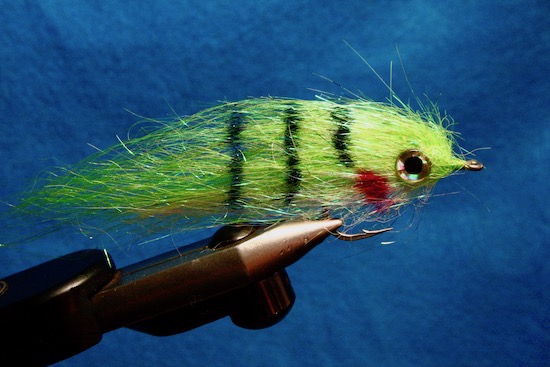
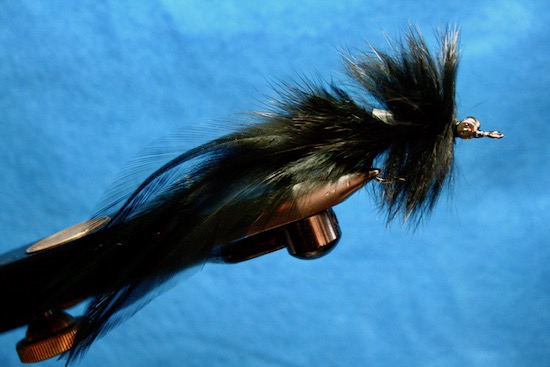

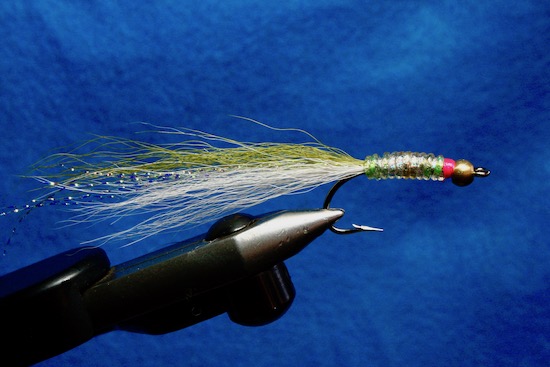
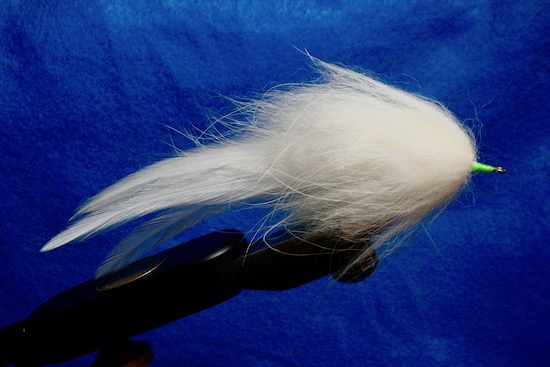
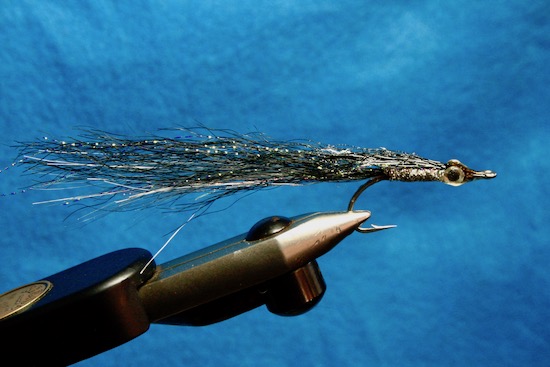

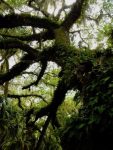
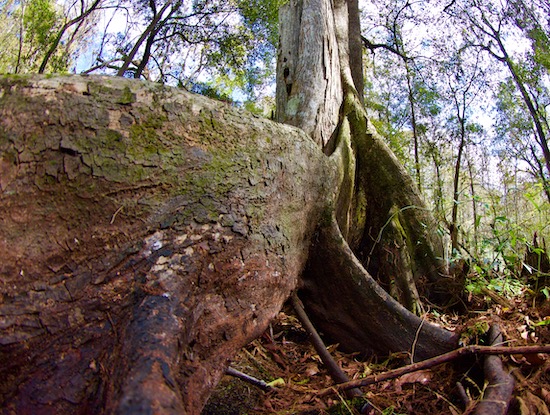

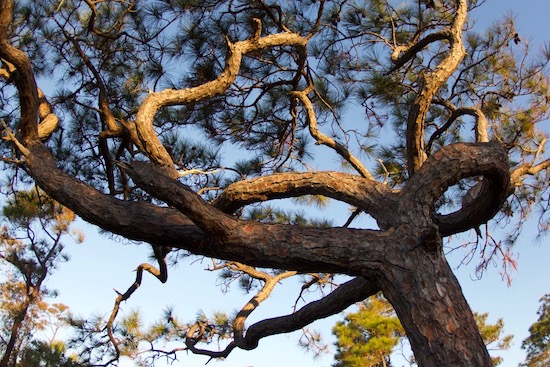

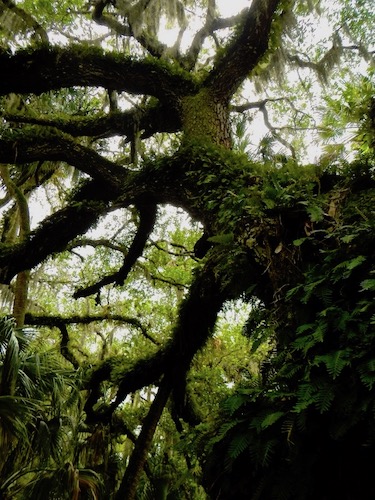
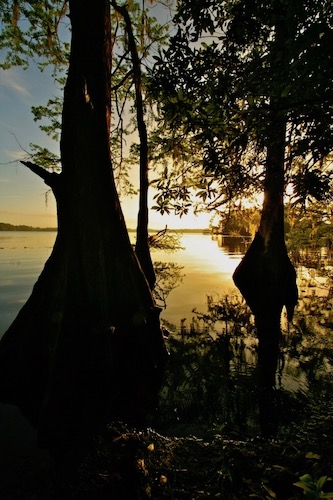
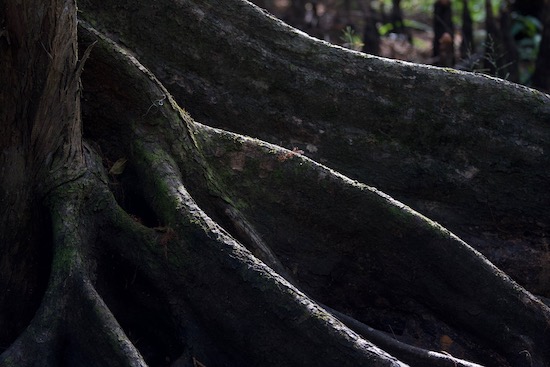

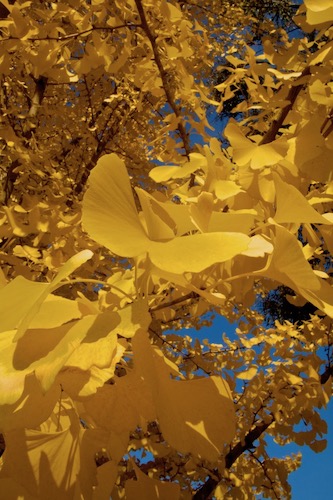






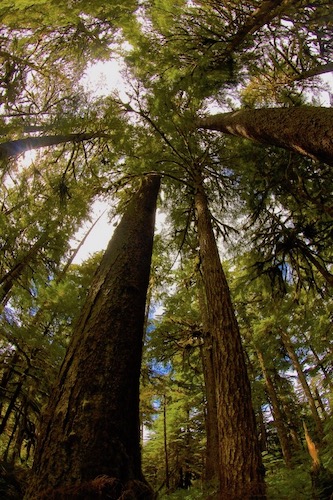
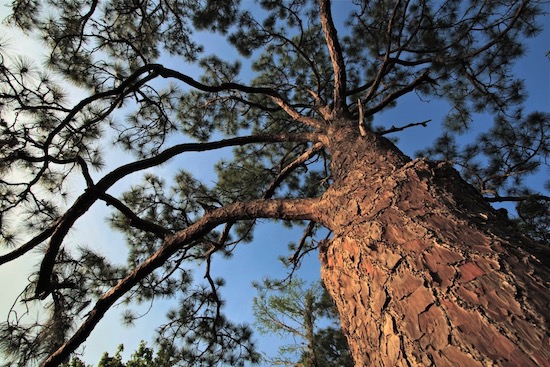
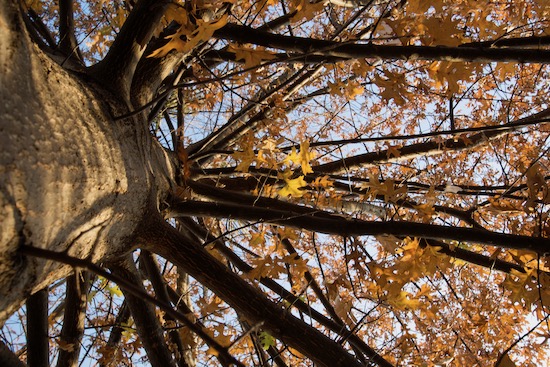
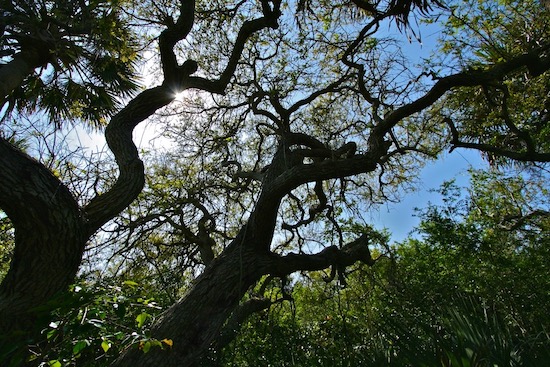



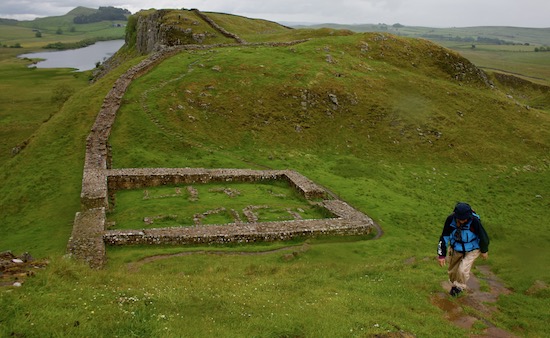







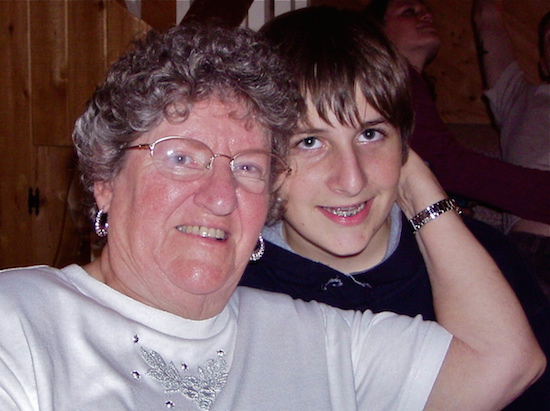
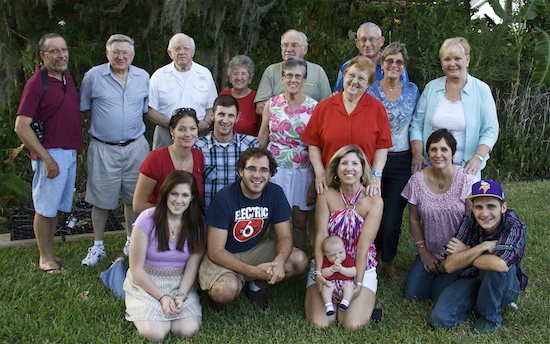





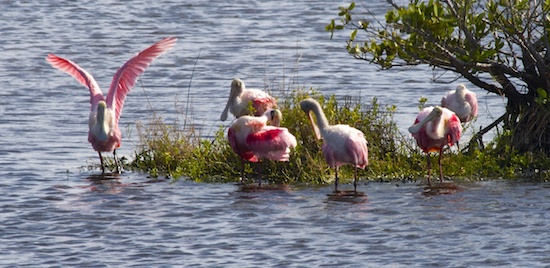



Recent Comments